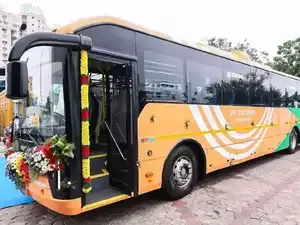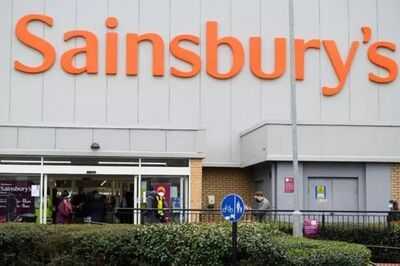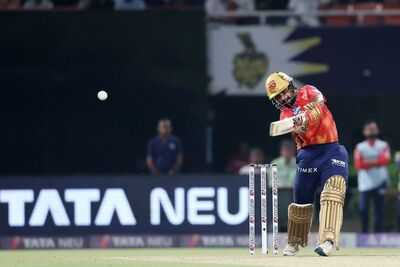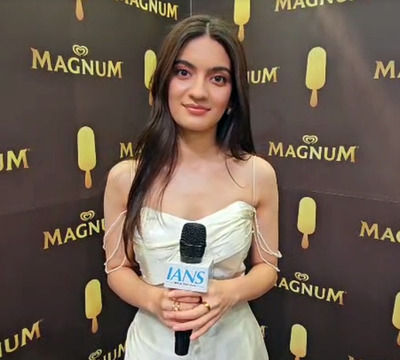The government may reduce the per unit subsidy for electric buses under the PM E-Drive scheme to cover more cities without increasing the budget allocation. The Centre currently offers a subsidy of ₹20-35 lakh per e-bus, depending on the carrying capacity and specification of the vehicle.
According to officials aware of the development, Surat, Pune, Hyderabad and Bengaluru have together raised a demand for more than 15,000 units. This is well above the scheme target to subsidise 14,028 e-buses with a funding support of ₹4,391 crore.
"The newly formed Delhi government is expected to raise a significant demand for e-buses. Orders from Ahmedabad, Mumbai, Chennai and Kolkata are awaited as well," a senior official told ET, while adding that the government may lower the per e-bus subsidy for catering to more cities.
The ministry of heavy industries (MHI) supports deployment of e-buses through PM E-Drive, PM E-Bus Sewa and a payment security mechanism scheme. While the PM E-Bus Sewa scheme is focused on small cities, PM E-Drive is for large cities with existing public transport networks.
"Our goal is to increase e-bus access for a wider population," the official added.
The PM E-Drive scheme has replaced the Faster Adoption and Manufacturing of (Hybrid &) Electric Vehicles in India (FAME) scheme which had similar objectives. Besides e-buses, the new scheme aims to support e-trucks and e-ambulances.
"A call on the quantum of support for electric trucks will also be taken soon," another official said, adding that the subsidy will not exceed 25% of a vehicle's retail value. According to official estimates, India needs 10,565 e-trucks by 2030. The highest demand is for tractor-trailers with a gross vehicle weight (GVW) of 35-55 tonnes at more than 7,000 units.
According to officials aware of the development, Surat, Pune, Hyderabad and Bengaluru have together raised a demand for more than 15,000 units. This is well above the scheme target to subsidise 14,028 e-buses with a funding support of ₹4,391 crore.
"The newly formed Delhi government is expected to raise a significant demand for e-buses. Orders from Ahmedabad, Mumbai, Chennai and Kolkata are awaited as well," a senior official told ET, while adding that the government may lower the per e-bus subsidy for catering to more cities.
The ministry of heavy industries (MHI) supports deployment of e-buses through PM E-Drive, PM E-Bus Sewa and a payment security mechanism scheme. While the PM E-Bus Sewa scheme is focused on small cities, PM E-Drive is for large cities with existing public transport networks.
"Our goal is to increase e-bus access for a wider population," the official added.
The PM E-Drive scheme has replaced the Faster Adoption and Manufacturing of (Hybrid &) Electric Vehicles in India (FAME) scheme which had similar objectives. Besides e-buses, the new scheme aims to support e-trucks and e-ambulances.
"A call on the quantum of support for electric trucks will also be taken soon," another official said, adding that the subsidy will not exceed 25% of a vehicle's retail value. According to official estimates, India needs 10,565 e-trucks by 2030. The highest demand is for tractor-trailers with a gross vehicle weight (GVW) of 35-55 tonnes at more than 7,000 units.








